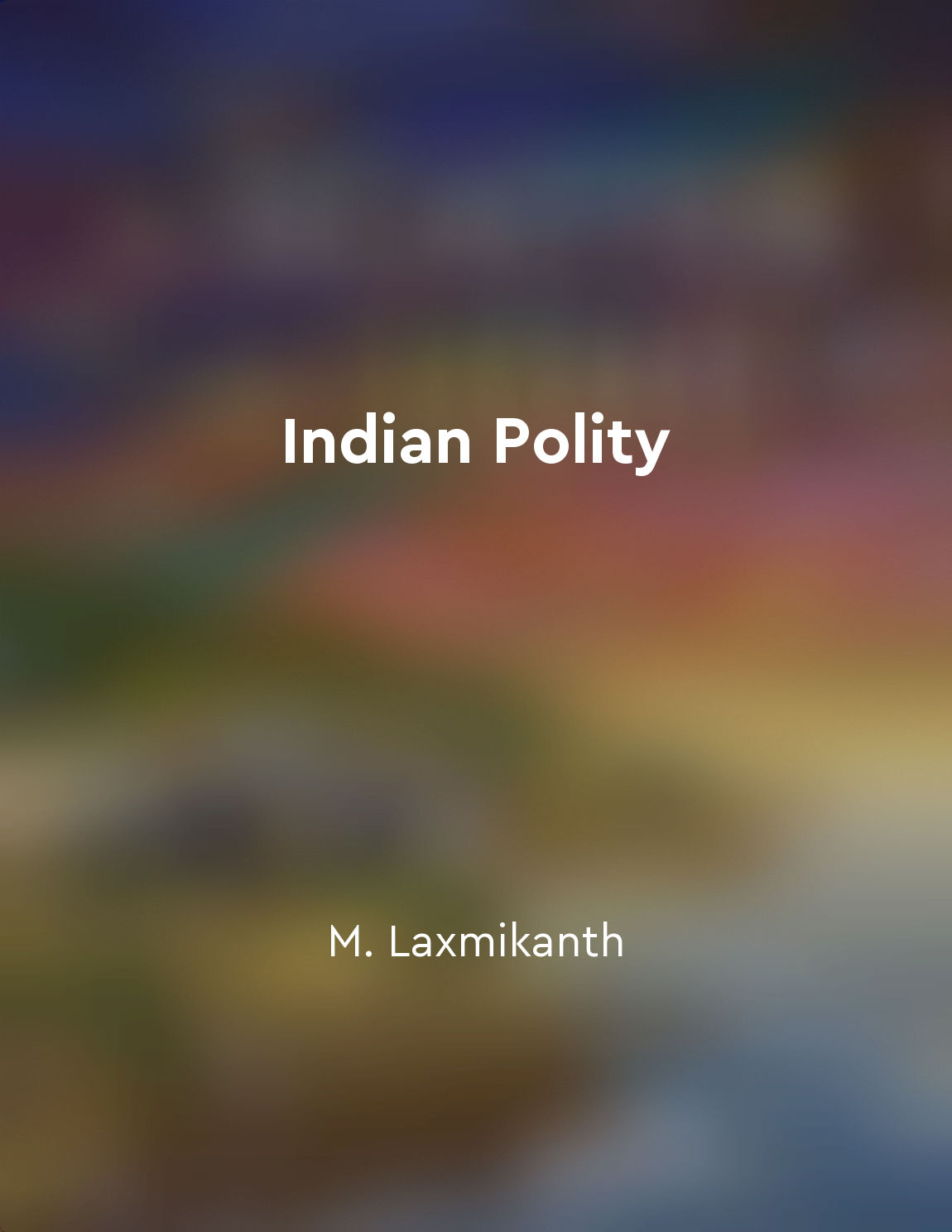Audio available in app
Historical background of Indian Constitution from "summary" of Indian Polity by M. Laxmikanth
The making of the Indian Constitution is a monumental task that involved the collective wisdom of the Constituent Assembly. The historical background of the Indian Constitution dates back to the Indian Independence movement led by Mahatma Gandhi and other freedom fighters who fought against British colonial rule. The struggle for independence was marked by various movements and protests, such as the Non-Cooperation Movement, Civil Disobedience Movement, and Quit India Movement. These movements not only challenged British rule but also laid the foundation for a free and democratic India. The demand for a Constituent Assembly to draft a constitution for independent India was first raised in 1934 by M. N. Roy, a pioneer of the Communist movement in India. The idea gained momentum during the World War II when the British government promised to grant independence to India after the war. In 1946, the Cabinet Mission Plan proposed the formation of a Constituent Assembly to frame the constitution for India. The Constituent Assembly was formed in 1946, with members elected from various provinces and princely states. The task of drafting the Indian Constitution was assigned to a drafting committee chaired by Dr. B. R. Ambedkar. The committee worked tirelessly to incorporate the principles of justice, liberty, equality, and fraternity in the constitution. The members of the Constituent Assembly debated various provisions of the constitution and sought inputs from legal experts and scholars. The drafting committee presented the final draft of the constitution on November 26, 1949, which was adopted on January 26, 1950, marking the birth of the Republic of India. The Indian Constitution is a unique document that reflects the aspirations and values of the people of India. It is the longest written constitution in the world, comprising a preamble, 395 articles, and 12 schedules. The constitution provides for a federal system of government with a strong center and state governments. It guarantees fundamental rights to all citizens and ensures social, economic, and political justice. The constitution also establishes the organs of government, such as the legislature, executive, and judiciary, and lays down the powers and functions of these organs.- The historical background of the Indian Constitution is a testament to the struggles and sacrifices made by the freedom fighters and the visionary leadership of the Constituent Assembly. The constitution embodies the ideals of democracy, secularism, and socialism and serves as a guiding light for the nation. It is a living document that has stood the test of time and continues to inspire generations of Indians.
Similar Posts
Legal protections are essential for safeguarding individual liberties
Dr. Ambedkar emphasized the critical importance of legal protections in preserving individual liberties. These protections serv...
Salt Satyagraha
Salt Satyagraha was a revolutionary movement led by Mahatma Gandhi in 1930 against the British salt monopoly. The British had i...
Social justice requires a holistic approach to addressing inequalities
Social justice is a complex and multifaceted concept that encompasses various aspects of inequality and discrimination present ...
The Supreme Court is the guardian of the Constitution
The Supreme Court plays a crucial role in upholding the Constitution of India. It acts as a guardian, ensuring that the princip...

Partition of India in 1947
The partition of India in 1947 was a significant event in the history of the Indian subcontinent. The British decision to divid...

Threetier Panchayati Raj system
The Three-tier Panchayati Raj system is a pivotal feature of local governance in India. It is a system where the administration...

Executive branch implements laws and policies
The duty to implement laws and policies falls squarely on the shoulders of the Executive branch. Once the legislature has passe...
Early resistance movements
The early resistance movements in India were marked by various forms of protests and uprisings against the British colonial rul...

